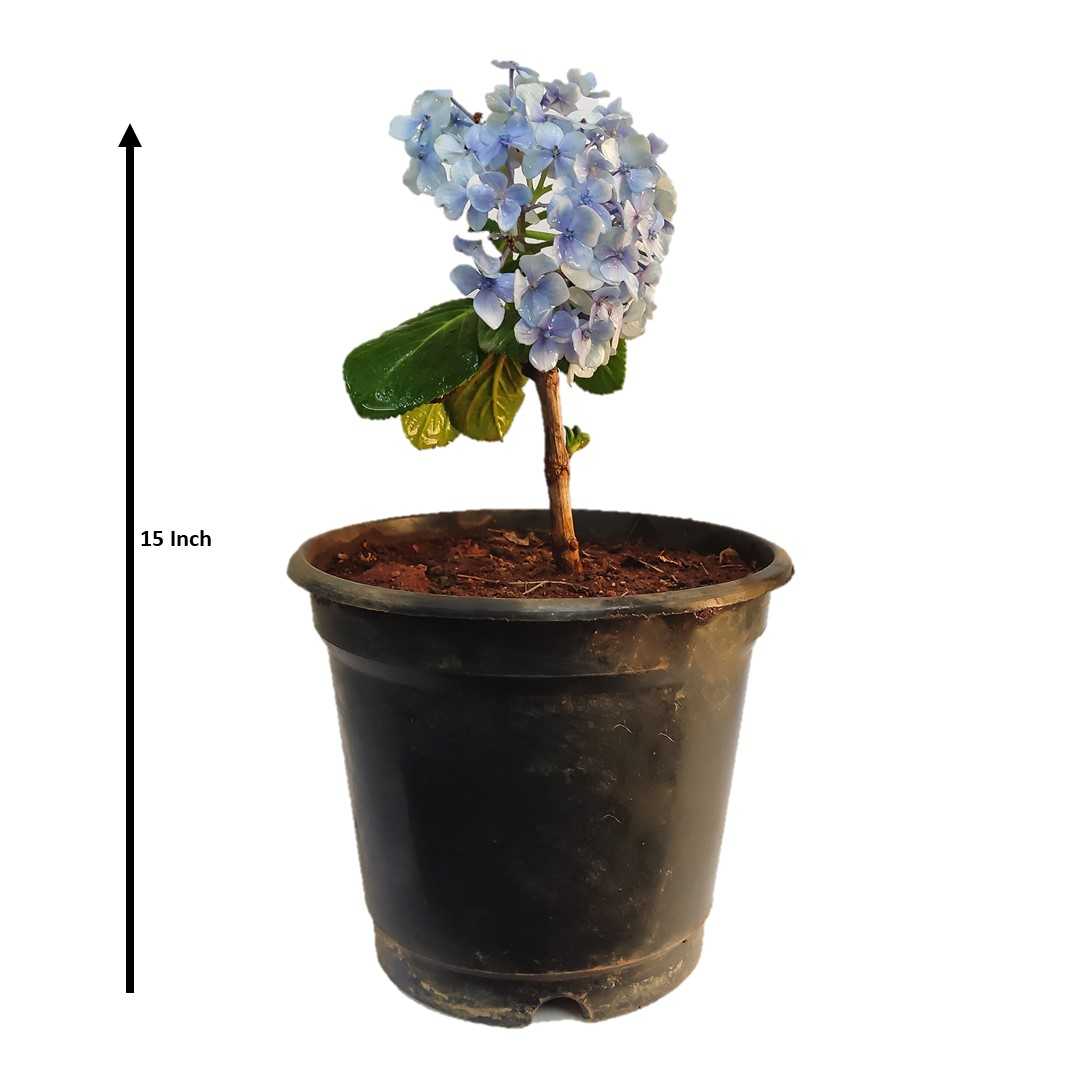View cart “Rose Plant” has been added to your cart.

₹149.00
Add to cartHydrangea / Hortensia
₹149.00
They’re not only easy to grow but are also quite hardy and resistant to most pests and diseases, making it even easier to care for hydrangeas. And with numerous varieties to choose from, you’re certain to find one that’s right for you. Hydrangeas can be grown in full sun or partial shade. Keep in mind, however, that many hydrangeas do not like extremely hot conditions, so try to locate them in an area where they can enjoy some afternoon shade. While they can be grown in a wide range of soils, hydrangeas typically prefer rich, moist soil that drains easily. Amending the soil with compost prior to planting is helpful. Hydrangea planting should be performed in spring once the threat of frost has passed. Water thoroughly after planting. You can also add a layer of mulch following hydrangea planting.
 Maya / Pre-sale Questions
Need Help? Contact Us via WhatsApp
Maya / Pre-sale Questions
Need Help? Contact Us via WhatsApp
DISCLAIMER Please Bear in Mind That Plant Image May Slightly Different From Actual Plant in Terms of Color Due to the Lighting During Photo Shooting or the Monitor's Display
Hydrangeas can be grown in full sun or partial shade. Keep in mind, however, that many hydrangeas do not like extremely hot conditions, so try to locate them in an area where they can enjoy some afternoon shade. While they can be grown in a wide range of soils, hydrangeas typically prefer rich, moist soil that drains easily. Amending the soil with compost prior to planting is helpful. Hydrangea planting should be performed in spring once the threat of frost has passed. Water thoroughly after planting. You can also add a layer of mulch following hydrangea planting.
Water is an important factor when you care for hydrangeas. They enjoy deep watering at least once a week, especially in dry weather. Hydrangeas also benefit from an occasional boost of fertilizer once or twice a year in spring or summer. Hydrangeas can also be transplanted easily, but this should only be done during dormancy in fall or winter. Be sure to dig up the entire rootball and replant immediately. Since flowers are produced on new growth, you should prune hydrangeas once their blooming has ceased.
1 review for Hydrangea / Hortensia
Only logged in customers who have purchased this product may leave a review.
Shipping Details
- Please pay more attention to your order address which MUST MATCH your shipping address. (If you’re from Bangalore, Please leave your full name with alternate mobile no. It is very important)
- Items will be shipped within 6-7 business days after payment.
- Please check items when delivered, if damaged, please kindly accept it and contact us immediately. We will make a confirmation and resend you a new one.
| Shipping By | Shipping Cost | Estimated Delivery Time | Tracking Information |
| MPMT | Free Shipping above 1000 Rs | 6-7 days Standard Estimate Time for Plants | Available Click Here |
Related products
(Approx 700g)
Flamingo Flower/ Anthurium
0

















Manjunath S (verified owner) –
I was expecting a plant with flowers; however, the plant was delivered to me in good condition.